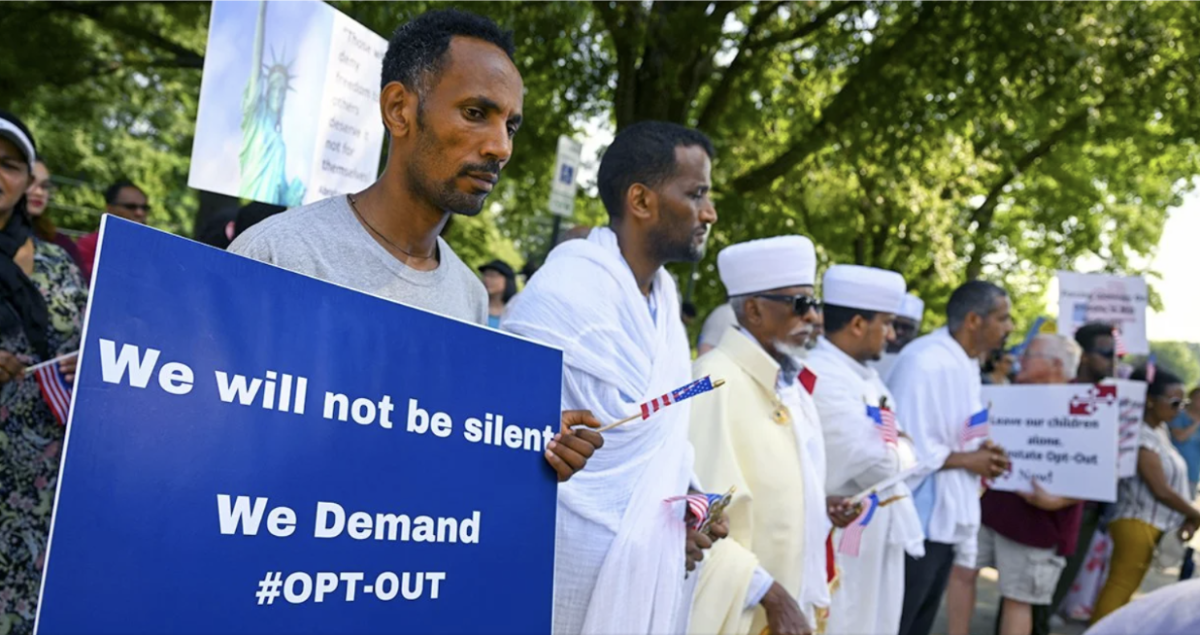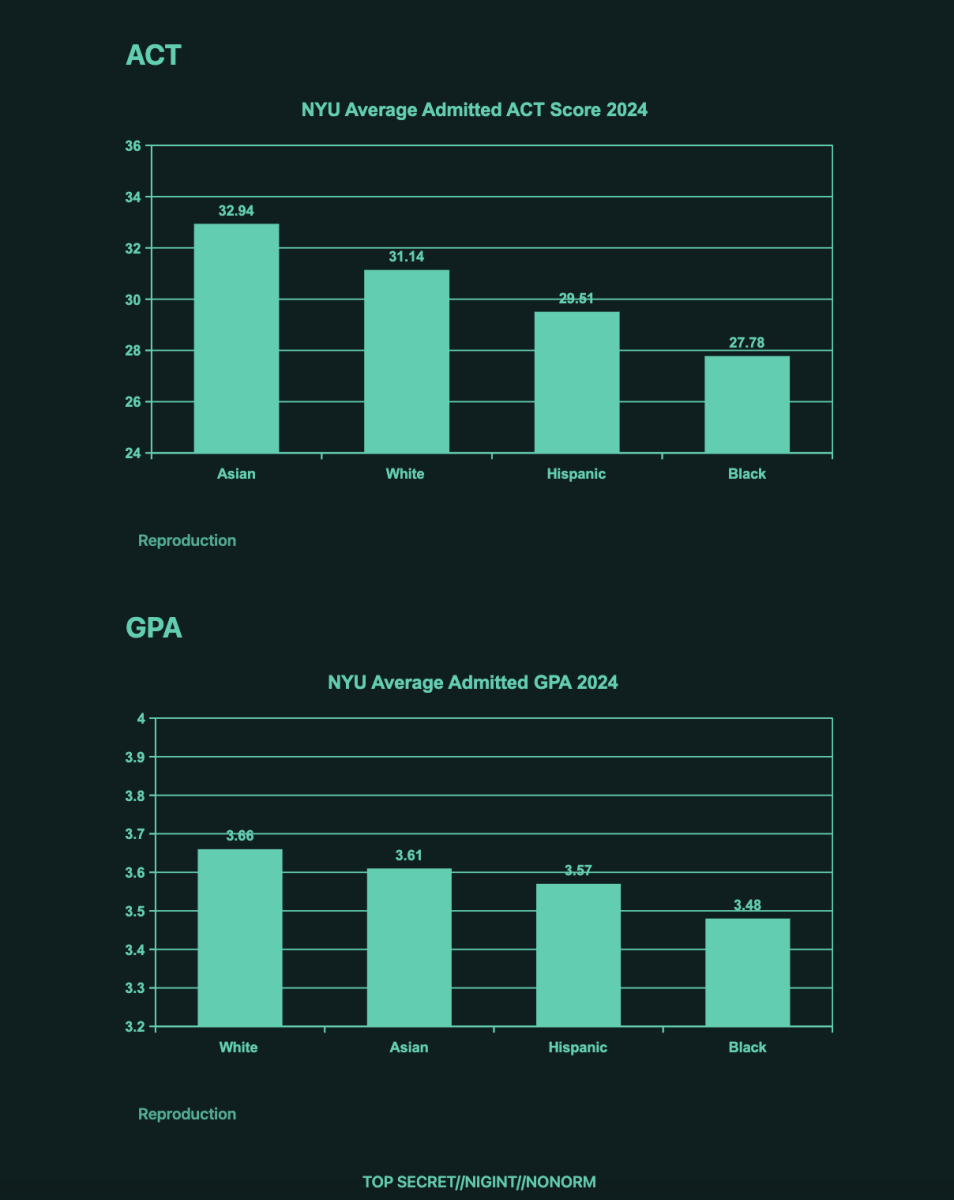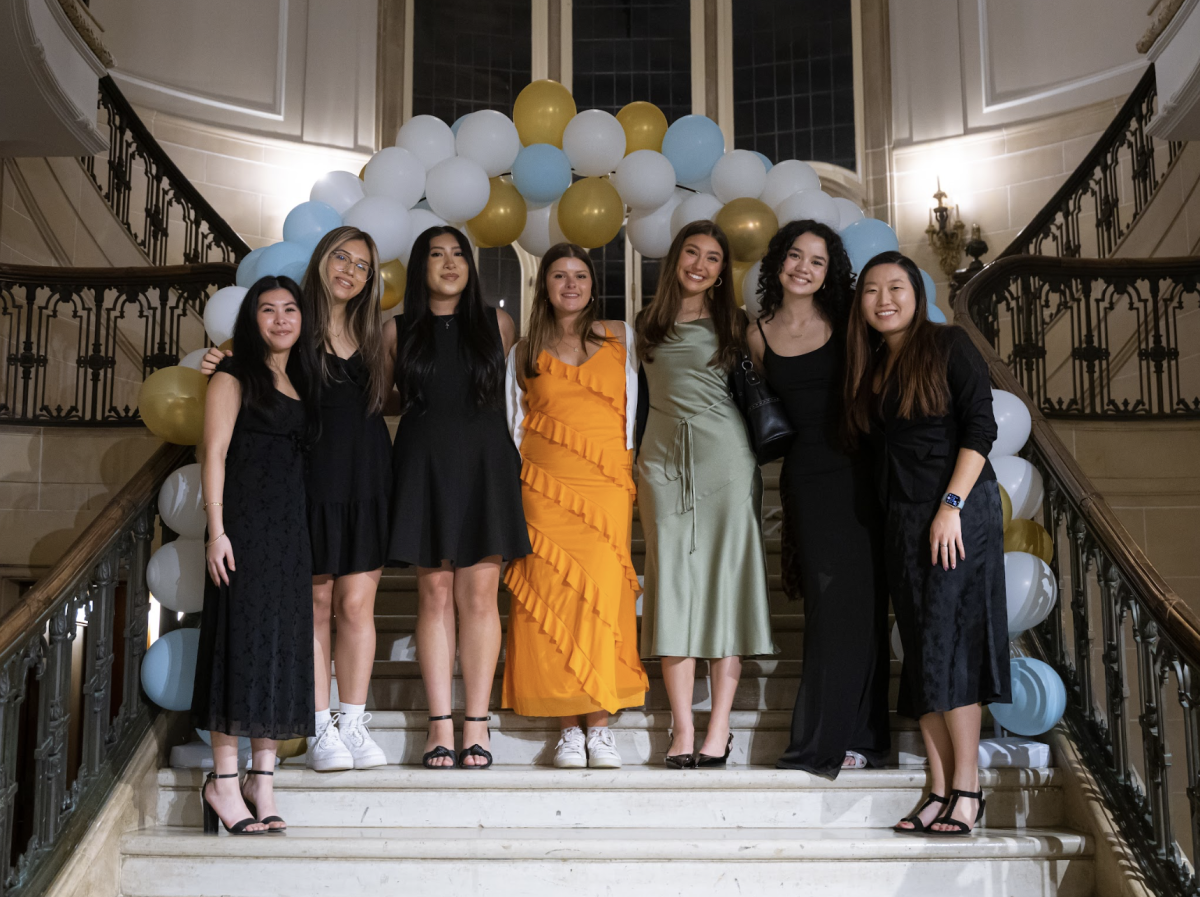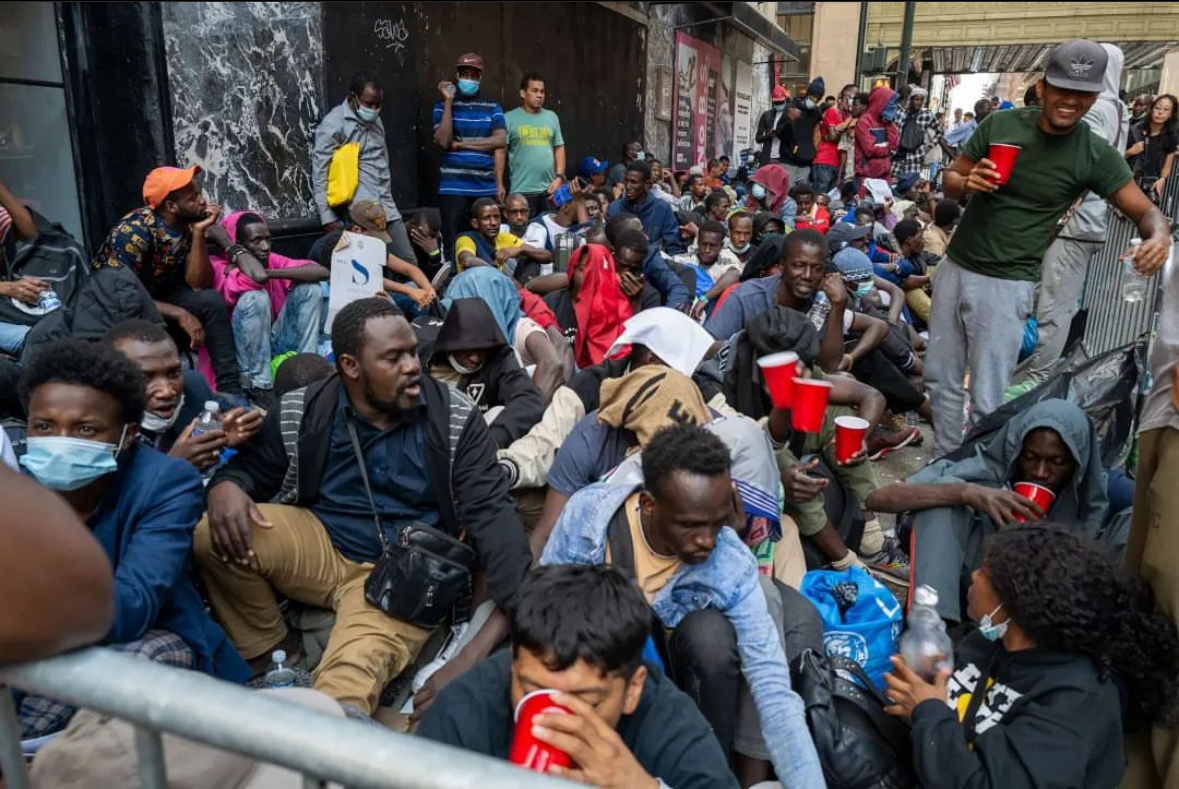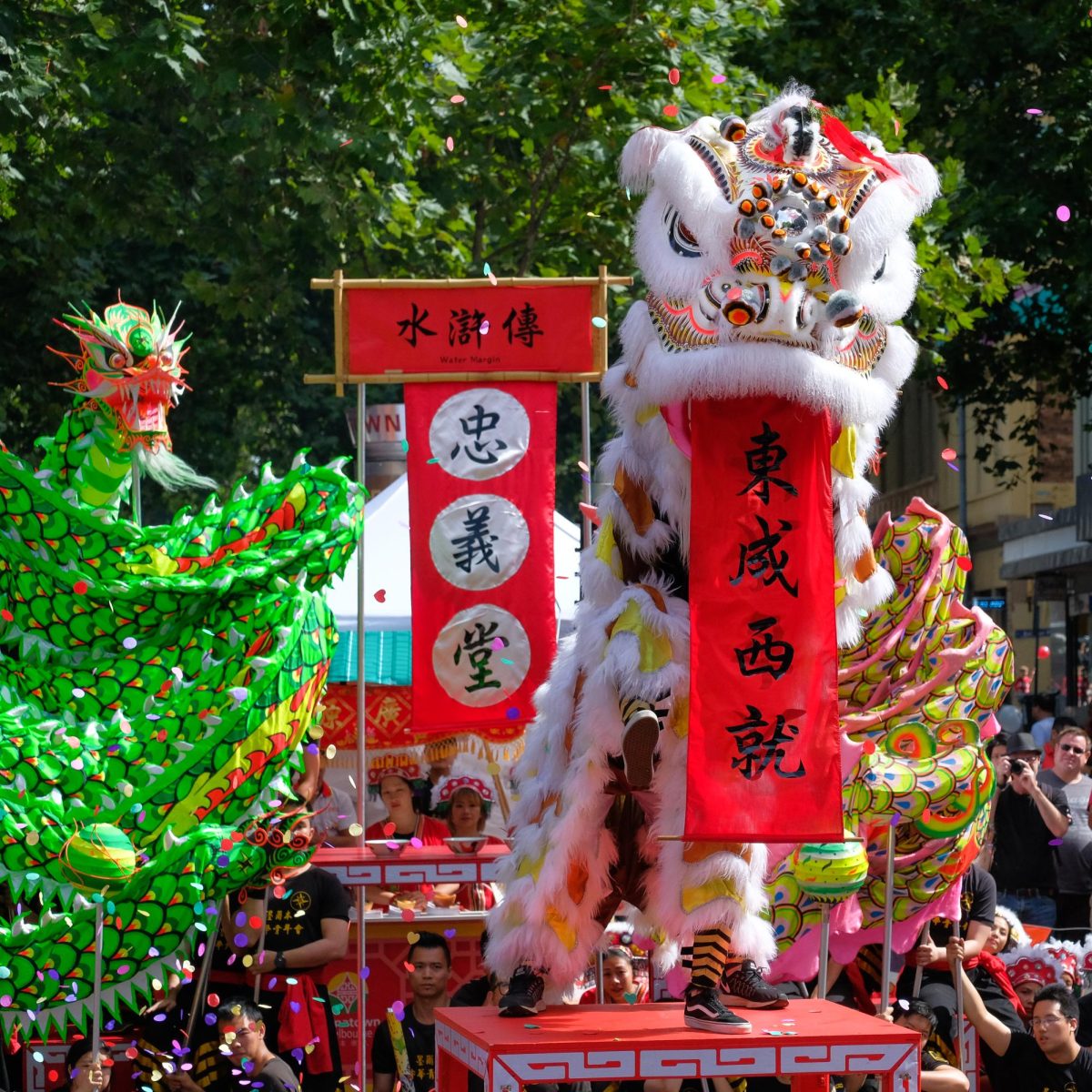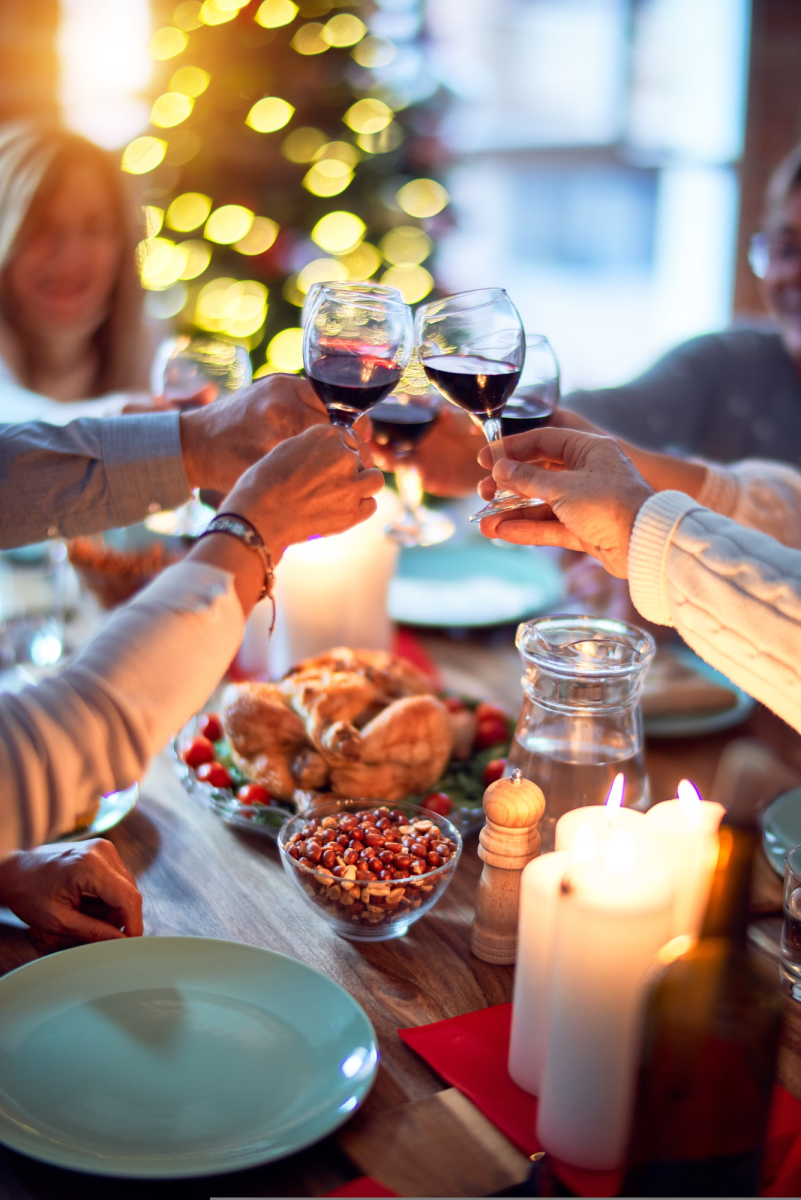Every year, East and Southeast Asian people gather around to celebrate the Lunar New Year in parts of the world such as China, Vietnam, Korea and the Philippines. This tradition is based on the lunar calendar, which follows the moon’s phases. The New Year typically falls between January 21st and February 20th — this year, it is celebrated on January 29th. Each year is marked by a specific zodiac, represented by an animal that cycles every 12 years, with this year being the Year of the Wood Snake — which is said to bring promising career and personal growth opportunities.
China
In Chinese tradition, the Lunar New Year is celebrated with festive family get-togethers focused around a lavish feast. Families gather to enjoy a fruitful dinner consisting of eight to ten traditional foods, each of which has a symbolic value. Dumplings (饺子) symbolize wealth and prosperity; tang yuan (汤圆) are sweet rice balls that symbolize family unity; nian gao (年糕) are sticky rice cakes that symbolize expanding prosperity; fish is a symbol of abundance; and long noodles are a symbol of longevity. Additionally, giving children red envelopes (红包) stuffed with cash is a treasured custom in which “elders give children blessings for good fortune for the upcoming year,” said Cyrena Yang ‘26. As night sets, families frequently get together to watch the local dragon and lion dances or sit down to watch the CCTV New Year Gala (春晚), a popular TV program that includes contemporary holiday customs and traditional Chinese values.
Vietnam
The custom of preparing bánh chưng, a rice cake stuffed with meat and green bean paste, is central to the Vietnamese Lunar New Year. In order to prepare and cook these traditional delicacies, friends and family gather together all night long; the lengthy cooking process creates precious moments of connection and conversation. In order to welcome good fortune for the upcoming year, people dress in their finest áo dài, the traditional Vietnamese clothing, and choose fortunate colors like red and yellow. To take pictures and make memories, “Families go to local street markets that are adorned with Lunar New Year decorations, such as exquisite flowers, blossoms, and intricate red origami,” said So Yeun Ju ‘25. In accordance with customs from other Asian countries, elders give children red envelopes containing cash and express their hopes for their well-being, prosperity and luck in the upcoming year.
Philippines
In the capital of the Philippines, Manila, there is a Chinatown called Binondo — founded in the 16th century, it is one of the oldest in the world. Binondo holds many Filipinos of Chinese descent (tsinoys), who fill the area with red decorations and lanterns each year for the celebration. Angpao, red envelopes filled with money, are given as a tradition to bring prosperity, good luck and good wishes. Additionally, streets are lined with parades of dancing dragons and lions, which all reflect traditional Chinese culture. Other malls in Binondo host “live performances where a bunch of people can show off their natural filo singing powers,” Helena Secrest ‘26 said. Activities such as festivals with traditional Chinese food, like rice cakes, and other Filipino foods of Chinese origin, like pancit, also appear in the malls.
Korea
In South Korea, many families gather with their relatives early in the morning to celebrate cherished traditions. For breakfast, they typically start the day by eating tteokguk (rice cake soup) and manduguk (dumpling soup) in the morning, which symbolizes the message of rebirth and family. “One of the most significant traditions is sebae, the act of younger family members bowing down deeply to their elders,” Chloe Kim ‘26 said. When doing sebae, they traditionally wear seolbim — a special hanbok only worn during the Lunar New Year, in which they wish their elders good fortune for the new year. Later dishes that are shared amongst the family include galbijjim (short braised ribs), japchae (stir-fried glass noodles), bulgogi (marinated beef), and (jeon) savory Korean pancakes. The celebration lasts until late evening, with traditional games played, such as yutnori — a board game composed of four wooden sticks and rounded pieces, and gonggi (Korean jacks), allowing the family to bond and keep tradition.


